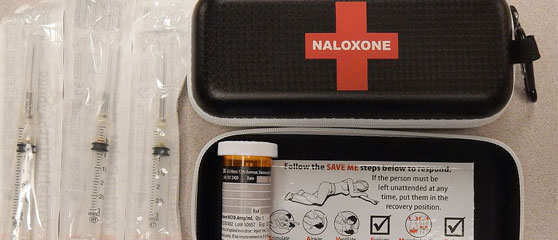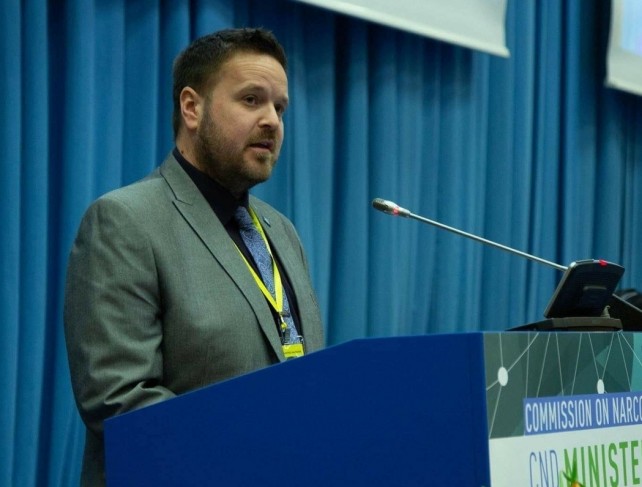The provision of naloxone by community-based harm reduction services, as takes place in Italy, is highly important for reducing the harms of opioid drugs, a report suggests.
Naloxone is a medication that blocks the effects of opioids and has often been referred to as an “overdose antidote”. It is a life-saving drug, and is included on the World Health Organisation’s (WHO) List of Essential Medicines, "the most efficacious, safe and cost-effective" medications that all healthcare systems should provide.
Naloxone has been available in Italian pharmacies, without prescription, since 1996, and has been provided to the public by harm reduction services in Italy since as early as 1991. The latter provisions, a recent report suggests, are key to reducing the potential harms of opioids.
Preventing opioid overdose deaths (PDF) was recently published by Forum Droghe, an Italian association of individuals and organisations involved in drug policy reform and harm reduction. The report demonstrates that community-based harm reduction services, rather than pharmacies, have been most effective in getting naloxone into the hands of individuals and groups who need it in Italy.
Despite it being obligatory for all Italian pharmacies to stock naloxone, “pharmacies do not have a relevant role in the [take-home naloxone] model in Italy”, the report states. This is most markedly demonstrated by input given by people who use drugs.
Forum Droghe researchers surveyed 204 individuals from across Italy who claimed to have "used an opiate at least ten times in the past twelve months". Among all those surveyed, only one person claimed to have “bought naloxone in a pharmacy as their normal practice”, while only four claimed to have ever purchased naloxone in a pharmacy. Conversely, 84 per cent of those surveyed claimed that their regular naloxone sources were local harm reduction services.
One reason for this variation may be that there is a cost involved in obtaining naloxone from the pharmacy, around €3.50 per vial, while harm reduction services provide the medication for free. Forum Droghe recommends that Italian authorities abolish this pharmacy fee.
Perhaps more significantly is the experience that people who seek naloxone have when entering a pharmacy. According to the report, people who use drugs often feel themselves to be "the object of distrust, stigma and alienation" when interacting with pharmacists.
According to one individual surveyed, pharmacists “don’t want addicts in the way and they won’t give [naloxone] to you or they say they don’t have it … anyway a lot of people don’t really even know about [pharmacies providing naloxone]”.
The report asserts that within Italy’s public health system there is a risk of a reductionist vision of drug use which does not take sufficient account of such social and cultural aspects of the issue.
This is where community-based harm reduction services play a much-needed role. Such services treat their clients as individuals whose competencies can be developed, the report says, while promoting “empowerment, responsibility and social learning”. It is this promotion of education and health, rather than abstinence, which is paramount to an effective harm reduction strategy.
Forum Droghe found that in 90 per cent of situations where naloxone was distributed by harm reduction services, it was done so through an individual session. The provision of the medicine was accompanied by information about the method of administration, the quantity to be administered, as well as other advice – such as the importance of calling emergency services, and ensuring to never use an opioid when alone.
Providing such information is vital for encouraging safer behaviour and reducing the likelihood of a fatal overdose.
Whilst the importance of over the counter naloxone at pharmacies should not be understated, the Italian experience indicates that community-based harm reduction services are essential. It seems that such services should be extended in all countries and jurisdictions that seek to reduce opioid-related overdoses.
The conclusions of this report should also serve to inform the provision of naloxone at pharmacies; such places should not be thought of as a mere point of sale, but rather as an important point of interaction in a comprehensive and holistic health and socio-educational network.


